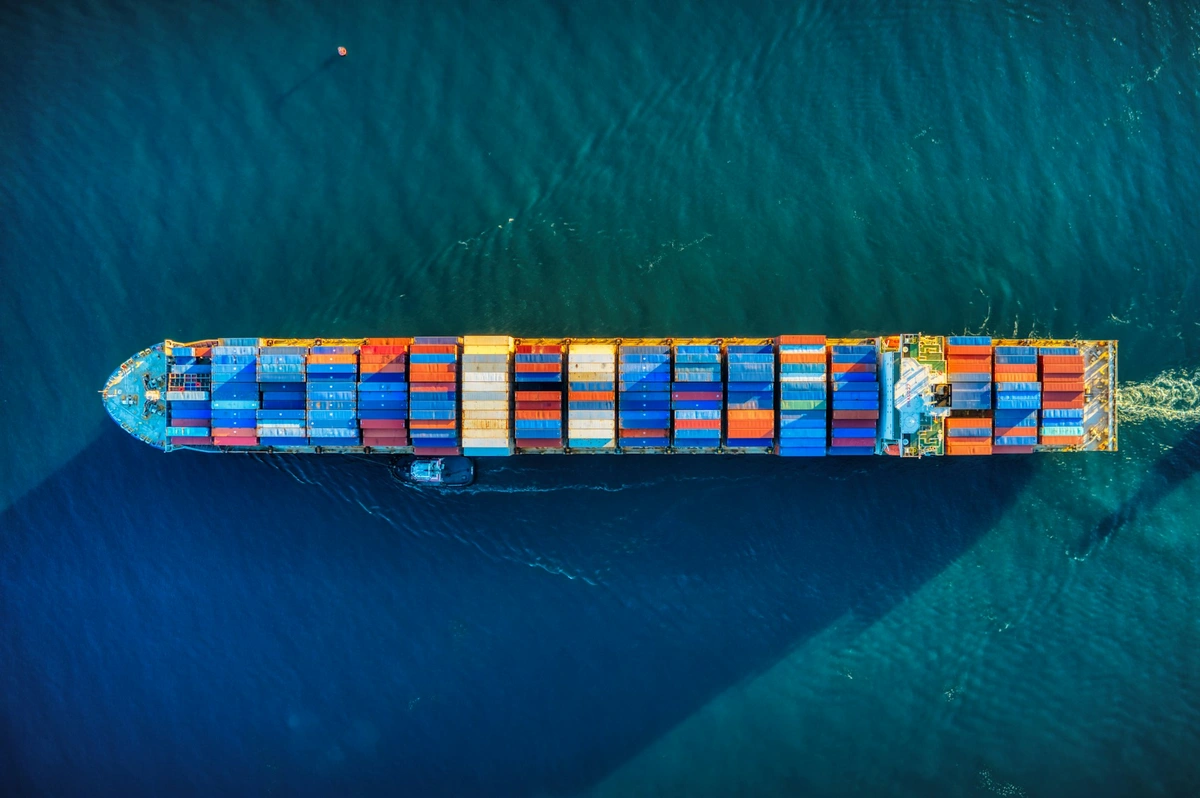Ship Orders Fall to Lowest Level in 15 Years

Ship Orders Drop to Lowest Level in 15 Years Amid Global Economic Uncertainty
Ship Orders Plummet to Lowest Level in 15 Years Amid Global Economic Uncertainty
Recent industry data paints a stark picture for the shipbuilding sector, with ship orders plunging to their lowest levels in a decade and a half. This downturn is primarily attributed to the prevailing global economic uncertainty, prompting a wave of caution among companies considering fleet expansions and leading to a significant drop in new vessel orders.
Traditionally a linchpin of the global economy, the shipbuilding industry has long been a major source of employment and revenue. However, the current landscape suggests that the sector is entering a challenging phase, grappling with a myriad of economic headwinds.
In the year 2019, global ship orders reached their nadir since the early 2000s, with a mere 2,822 vessels commissioned worldwide. This marked a noteworthy 14% decrease compared to the previous year, impacting all facets of the industry, from container ships to bulk carriers and tankers.
A multitude of factors contribute to this downward spiral, including escalating trade tensions, lackluster global economic growth, and increasingly stringent regulations surrounding shipping emissions. Moreover, the industry contends with an oversupply of vessels, resulting in depressed freight rates and a bleak profitability outlook for shipowners.
The repercussions of the plummeting ship orders reverberate throughout the industry, exerting pressure on shipbuilders and suppliers alike. Shipbuilding firms are compelled to downsize their workforce and implement stringent cost-cutting measures to navigate the storm, while suppliers face a precipitous decline in orders for materials and equipment.
Despite these formidable challenges, some analysts maintain a guarded optimism regarding the industry's future prospects. They point to the burgeoning demand for eco-friendly vessels and the accelerating adoption of digitalization and automation as potential catalysts for future growth.
However, cautionary voices warn that adaptation to evolving market dynamics is paramount for industry survival. This necessitates embracing cutting-edge technologies, streamlining production processes, and innovating new business models to effectively meet the evolving demands of customers.
In summary, the precipitous decline in ship orders witnessed in 2019 presents a formidable challenge for the global shipbuilding industry. Nonetheless, there are glimmers of hope on the horizon, contingent upon industry stakeholders' willingness to adapt to shifting market conditions and invest in innovation to bolster competitiveness.


